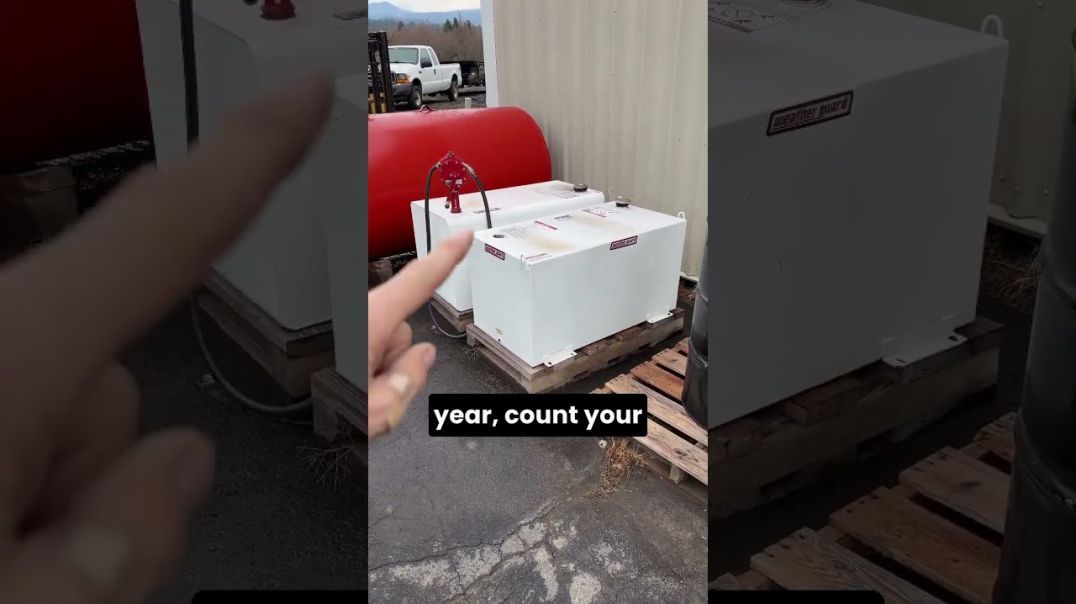close
Dear Creators, we are proud to announce an amazing affiliate program for you to earn some serious and continual cash. Read about our affiliate progarm here.
Caros criadores, temos o orgulho de anunciar um incrível programa de afiliados para vocês ganharem muito dinheiro de forma contínua. Leia sobre nosso programa de afiliados aqui.
Why Locomotives Can Pull So Much - it's a magic secret I would have never guessed
69 Views
• 07/16/23
9
0
Embed
Download
Life_N_Times_of_Shane_T_Hanson
209 Subscribers
I thought it was all shit design and loose fittings.
Show more























SORT BY-
Top Comments
-
Latest comments
1 year ago
Just awesome.
Another great video.
1 year ago
the engines use weight and friction to keep the trains going, the hardest part is get the cars going, then it is easy after that... that is where the most power is used during the process...
the engine is active and the cars are reactive (passive) in movement.... it is like molding metal pipes where it is slowly bent little by little so there is less friction and less heat produced to create a smooth transition from flat metal to pipe unless it is extruded which creates massive amounts of friction and heat.
so it is actually pretty simple, it is the math that is involved during engineering that because difficult and complicated... reality and concepts are simple, math/engineering is complicated and time consuming.
nice short still.
1 year ago
This short video just made me admires the brilliance of the design and engineering. Sure, maglev offers less friction and more speed but this is nonetheless amazing.
1 year ago
1 year ago
very cool. I love engineer brains.
1 year ago